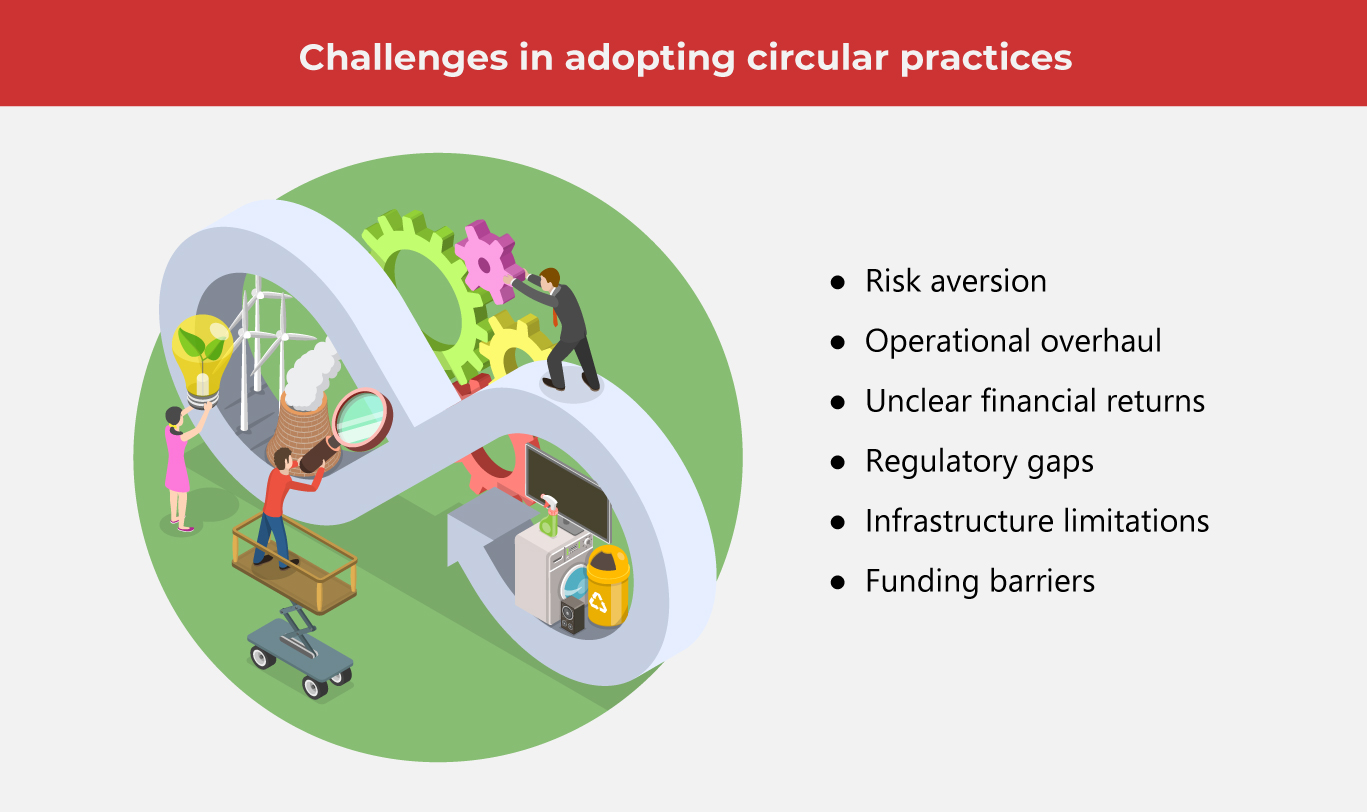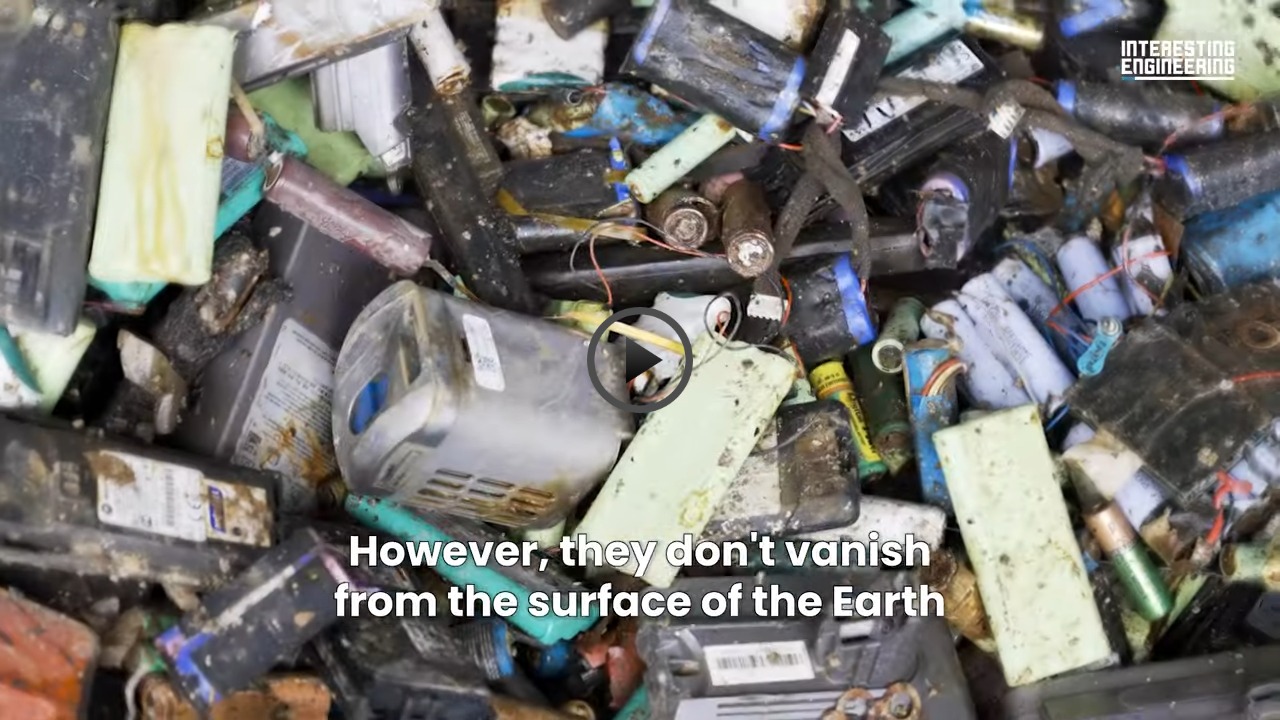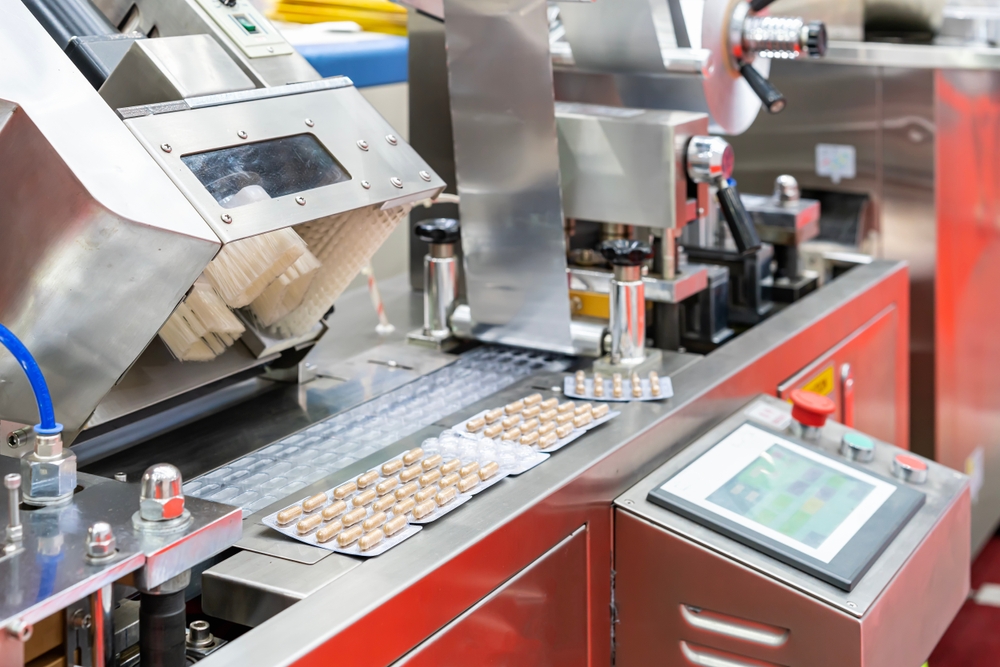Steps for a Greener Tech Industry

Electronics engineers are key to reducing e-waste, as up to 80% of a product’s environmental impact is determined during design and engineering. Their decisions on lifespan, repairability, and recyclability shape the industry’s shift toward a circular economy.
The electronics industry is increasingly expected to reduce its environmental impact, yet it still struggles to align with sustainable practices. The core problem lies in large-scale global manufacturing, which heavily drains resources and clashes with circular economy ideals. Most devices are made through energy-intensive methods and rely on complex supply chain management.
A circular economy in electronics shifts away from the traditional take-make-dispose model, focusing on extending product life profiles through repurposing, restoring, upgrading, and reclaiming materials. This approach aims to reduce waste and reliance on finite resources.
Adopting it provides significant environmental and economic benefits while offering practical steps for businesses to establish more sustainable, circular supply chains.
5 benefits of adopting a circular economy in electronics
The electronics industry faces increasing sustainability challenges, with a circular economy offering a path to improve environmental indicators.
-
Minimizing e-waste
Electronic waste is rapidly emerging as one of the fastest-growing global waste challenges. The circular economy can curb the growing crisis by focusing on durability, repairability, and recycling. Modular designs, for example, enable easier upgrades and repairs, potentially cutting e-waste by up to 50%. Industrial markets drive this change by embracing practices that prioritize environmental care.
-
Preserving resources
Electronics manufacturing is resource-heavy, relying on rare metals that are often difficult to replace. A circular approach helps manufacturing technologies and industries conserve these valuable materials by reclaiming and repurposing parts, cutting the demand for new resources by up to 32%. This shift not only reduces raw material costs by around 25% but also ensures that essential materials remain available for future generations.
-
Boosting energy efficiency
Circular electronics extend product life and reduce the need for manufacturing new devices. The EU's eco-design standards focus on sturdiness and fixability, reducing energy use by 15 to 30% over a product’s life. This reduction in energy consumption cuts carbon footprints and can lower costs by up to 20% throughout a product's lifecycle. By prioritizing durability, circular electronics help increase economic value and lessen environmental impact.
-
Stimulating economic development
Embracing this approach delivers strong ecological and financial advantages while equipping businesses with actionable strategies to build more responsible and resource-efficient supply chains. Beyond financial gains, this shift fosters social benefits, improving employment rates and strengthening economic stability. Redesigning electronics production and consumption can unlock fresh opportunities for innovation and workforce expansion in many sectors, including manufacturing technologies and industries.
-
Fostering brand loyalty
Companies embracing circular practices often experience higher customer engagement and stronger brand loyalty. As consumers become more environmentally conscious, they gravitate toward brands that prioritize sustainability. In the current business landscape, aligning with eco-friendly values is essential for cultivating customer loyalty. By adopting circular models, businesses not only support the environment but also create deeper connections with consumers.
8 actions to green the electronics industry
Sustainability and environmental tests reshape how electronics are made, prompting a shift toward more responsible practices.
-
Early-stage preparation
With the right training and tools, teams can create designs for manufacturing that are easier to fix, reuse, and recycle. Companies must back this shift by integrating eco-friendliness into performance goals and offering frameworks that guide smarter choices. From modular builds and standardized parts to efficient production, the path forward blends innovation with responsibility across product design and development.
-
Supplier quality
Major tech firms can use their influence to drive better practices throughout the supply chain by setting higher green standards. Partnering with vendors who prioritize reuse and responsible sourcing helps cut waste and lowers costs. Clear procurement guidelines and verified sustainability reporting are essential. By choosing vetted suppliers and incorporating reused parts, companies can slash waste, reduce expenses, and strengthen consumer confidence.
-
Responsible sourcing
Favor reclaimed materials over raw resources. Manufacturers should also examine the broader environmental impact of their distribution processes. Opting for partners who minimize packaging and choose lower-impact shipping methods can significantly reduce the footprint of production and delivery, helping companies move toward a responsible supply chain model.
-
Supportive leadership
Gaining internal support is key to advancing circular strategies. Experts consistently noted that leadership must be willing to make bold choices, even without guaranteed results. Progress often depends on executives backing initiatives with uncertain returns and rethinking traditional operations. The same goes for supplier engagement—getting partners on board comes through clear expectations and long-term collaboration.
-
Use of renewable energy markets
By powering facilities with clean energy, companies lower their environmental impact and can encourage suppliers to do the same. Additionally, investing in renewable energy certificates and supporting sustainable energy projects further enhances the shift. Optimizing energy use within operations, including through software updates and efficient power management, ensures a comprehensive approach to embracing renewable energy.
-
Recycling tech investments
Investing in cutting-edge recycling technologies is key to advancing greener electronics manufacturing. Recent innovations like bioleaching, which uses bacteria to extract metals from e-waste, and recyclable printed circuit boards are leading the way. AI-driven sorting systems enhance e-waste recycling efficiency, while advancements in battery recycling recover valuable materials. These technologies reduce environmental impact, promote circularity, and decrease reliance on raw resources.
-
Sustainability partnerships
Companies can implement product take-back programs and collaborate with certified recyclers to ensure proper e-waste disposal. Additionally, designing products for easy repairs, providing repair guides, and offering extended warranties encourage consumers to maintain rather than replace their electronics. Partnering with repair services further supports product longevity and reduces waste.
-
Consumer engagement
Brands may launch educational campaigns on circular practices and offer incentives for returning used devices. Introducing service-based models—like leases or subscriptions—shifts the focus from ownership to long-term value. In-store drop-offs and local recycling partnerships simplify responsible disposal. Reward systems tied to green choices, such as trade-ins or eco-friendly purchases, build customer loyalty while reinforcing sustainable habits.
While each company must define its path to circularity, collective efforts remain crucial. The electronics industry has shown promise, but greater ambition is needed. With guidance from initiatives, businesses can help shape a more sustainable, waste-conscious future. As one of the Top 20 EMS companies in the world, IMI has over 40 years of experience in providing electronics manufacturing and technology solutions.
As one of the Top 20 EMS companies in the world, IMI has over 40 years of experience in providing electronics manufacturing and technology solutions.
We are ready to support your business on a global scale.
Our proven technical expertise, worldwide reach, and vast experience in high-growth and emerging markets make us the ideal global manufacturing solutions partner.
Let's work together to build our future today.
Other Blog



